What Is An LCD Enclosure?
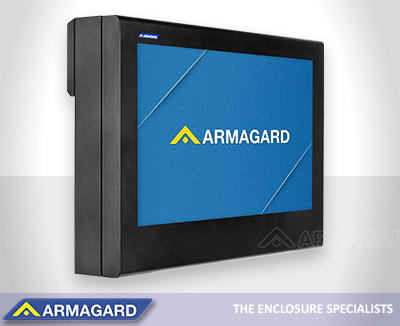
An LCD enclosure is a mild or stainless steel casing used to protect LCD screens. Mild steel LCD enclosures are powder coated for a high-quality, durable finish. Stainless steel LCD enclosures are commonly manufactured using 316 food grade stainless steel because of natural anti-bacterial and anti-corrosion properties.
LCD display enclosures safeguard screens from exposure to harsh conditions, vandalism or theft when used in outdoor, indoor or industrial environments, ensuring that screens remain fit for purpose, for longer. An LCD enclosure is highly versatile. An LCD enclosure is mountable on a wall, stand or from a ceiling, in a landscape or portrait orientation.
As a definitive piece of hardware, LCD enclosures are widely used by the £24 billion ($32 billion) digital signage industry, the £364 billion ($478 billion) manufacturing sector and multiple businesses, worldwide. Homeowners use LCD enclosures to install an outdoor TV for screen viewing in the backyard or from an outdoor patio.
For businesses, LCD enclosures protect capital IT assets and audio visual (AV) equipment, lowering the cost of IT and AV maintenance, reducing downtime and providing an alternative to inflexible, integrated systems.
LCD enclosures enable end-users to replace or upgrade screen technology as and when needed, without requiring extensive knowledge of IT or audio visual equipment.
For homeowners, an LCD enclosure enables the use of a 'conventional' indoor TV in an outdoor setting. As a cost-effective alternative to a purpose-built outdoor TV, homeowners can enjoy screen viewing outside, while getting better value for money.
LCD Enclosures Outdoors
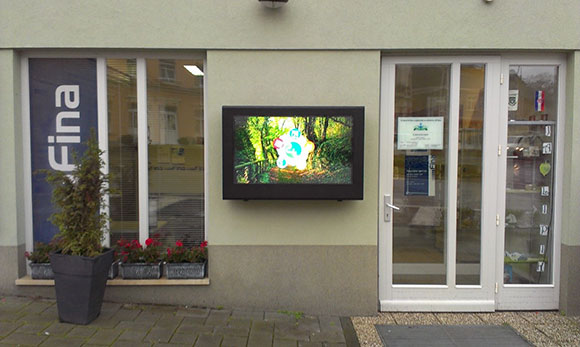
To protect screens used outdoors, sealed LCD enclosures prevent water penetration, condensation, and stop the entry of dust and airborne debris. The level of penetrative protection an LCD enclosure provides is identifiable by its IP rating (UK and Europe) or NEMA rating (North America).
To combat the effects of external and internal environmental conditions, LCD enclosures are equipped with hi-tech components designed to minimize the impact of extreme temperatures.
LCD enclosures regulate temperature changes via the use of filter fans, air curtains, plenum chambers, internal heating and cooling systems, air-conditioning and insulation. These components can be managed remotely via a smart, in-built microprocessor controller board within an LCD enclosure.
The controller board manages the on-off commands for airflow and environmental control, while an upgraded version provides online status reports to remotely monitor an LCD display. If an LCD screen is not operating, end-users will receive a notification, informing them to take action to rectify a problem.
The components fitted within an outdoor LCD enclosure help to prevent overheating and screen 'blackout', while reducing the risk of temperatures plummeting to a level that would affect screen operation.
To reduce screen glare - caused by regular sunlight exposure - an outdoor LCD enclosure is fitted with an anti-reflective viewing window, which is usually a polycarbonate or glass screen - depending on an LCD enclosure's specifications.
LCD Enclosure Use, Indoors
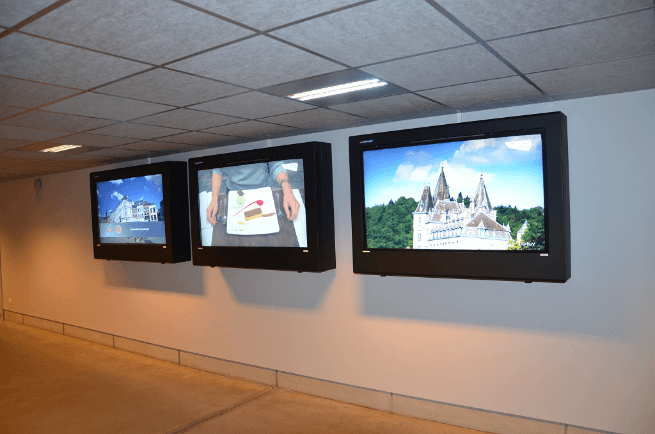
An indoor LCD enclosure requires fewer internal components to manage temperature changes. Equally, the impact of weather conditions is not a concern. Any occurring temperature changes will likely be a result of heat generated within an LCD enclosure.
To manage internal temperatures, indoor LCD enclosures are fitted with filter fans and an air curtain, which work to draw in cool air and force out warm air. These components work to maintain a consistent airflow throughout an LCD enclosure, keeping screens cool and at a safe operating temperature.
The biggest external threat to LCD screens is arguably forceful impacts. There's a high likelihood that an exposed LCD display will suffer accidental or intentional damage in areas frequented by high numbers of people. The robust qualities of an LCD enclosure work to reduce the risk of indoor screens experiencing such damage.
LCD Enclosures For Industrial Use
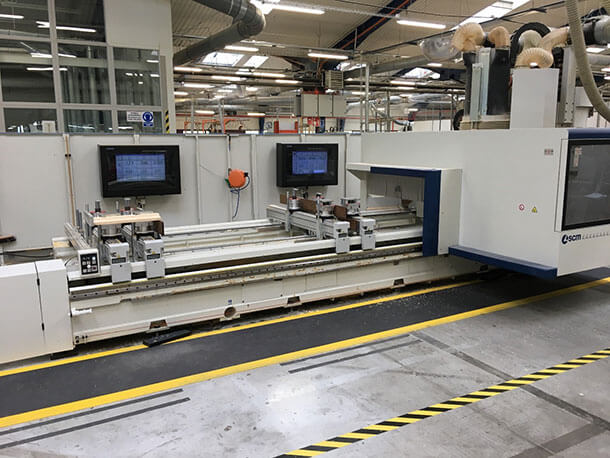
The durable properties of an LCD enclosure will withstand the rigours of the toughest industrial environments.
Designed to repel dust, water, chemicals and a multitude of damage threats that exist in an industrial setting, an LCD enclosure enables the use of conventional screens in environments that would otherwise be a no-go zone for LCD displays.
All the factors that make an LCD enclosure ideal for outdoor use are utilised to ensure the safe operation of LCD screens in an industrial setting. Hi-tech thermal management means that an LCD enclosure can house screens used in environments where extreme heat may occur.
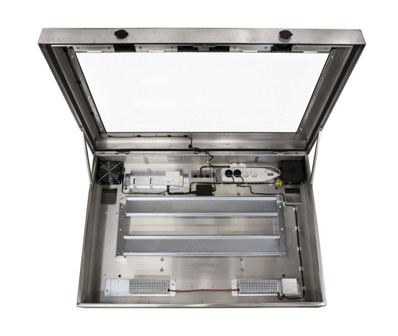
Meanwhile, a stainless steel LCD enclosure is ideal for use in food manufacturing facilities, clean room environments and medical institutions. With natural anti-bacterial and anti-corrosion properties, an LCD enclosure made from stainless steel maintains hygiene standards while safeguarding screens.
Equally, a stainless steel LCD enclosure can be positioned in industrial-style freezers and keep screens operating in temperatures as low as -30°C. It's possible to clean a sealed, stainless steel LCD enclosure using a pressure washer, without the risk of damaging a screen or other internal components.
LCD Enclosures And Screen Compatibility
LCD enclosures can accommodate any mainstream screen on the market, protecting sizes ranging from 19” to 80”+.
LCD Enclosures And Security
LCD enclosures are fitted with a dual locking system to prevent the door being pried open, ensuring the security of internal hardware.
Customized LCD Enclosures
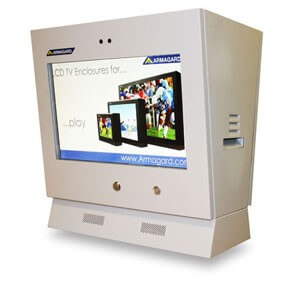
The custom-made LCD enclosure gives end-users greater choice and flexibility, unlike integrated systems. Custom LCD enclosures can be designed to meet branding requirements and to suit the demands of screen protection in any environment.
LCD Enclosure Applications by Armagard (Photo Montage)






